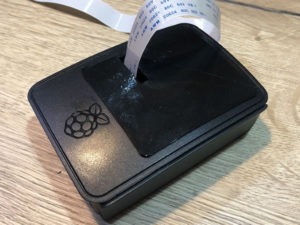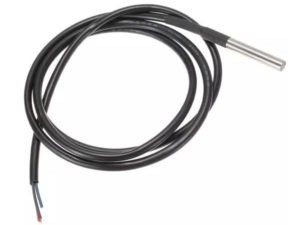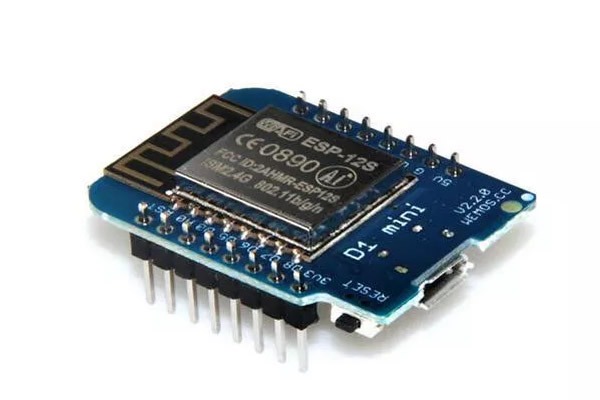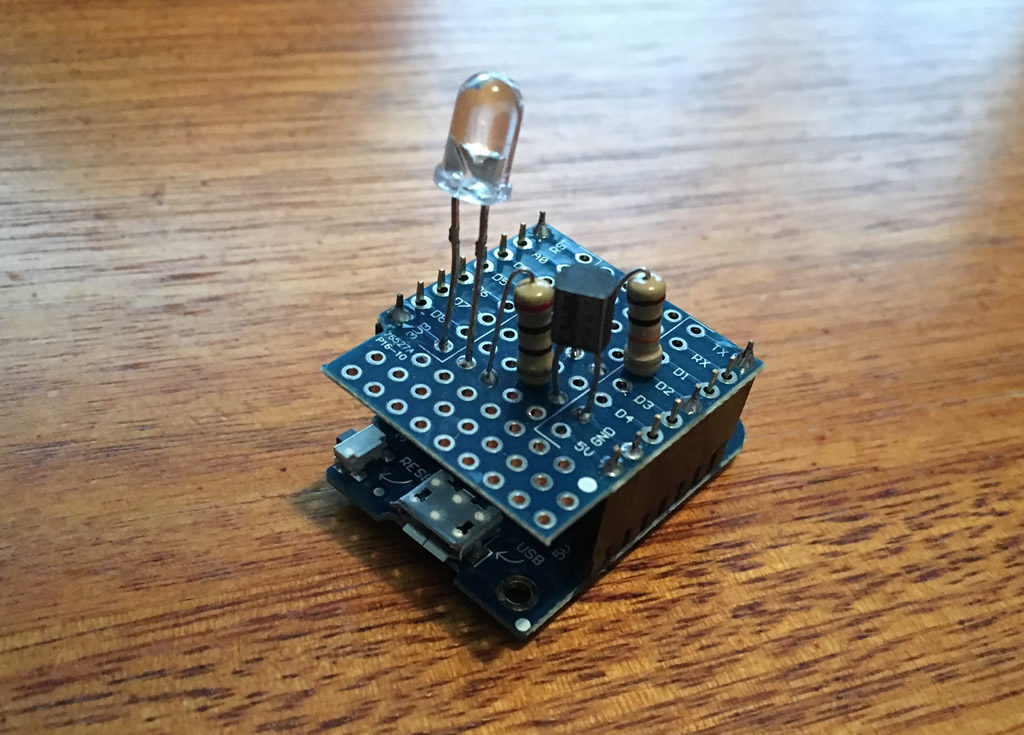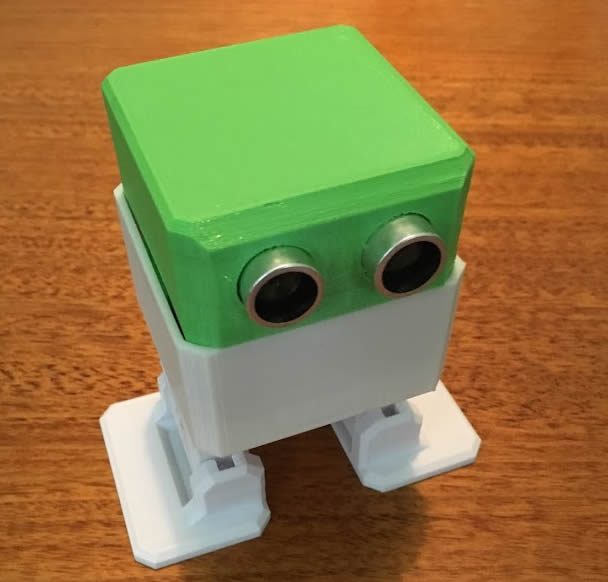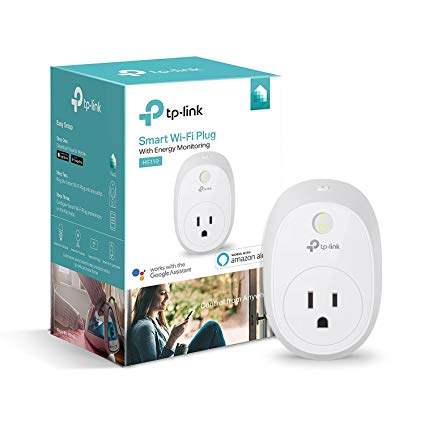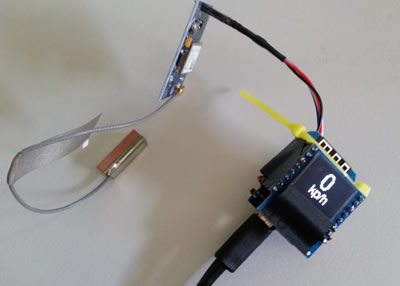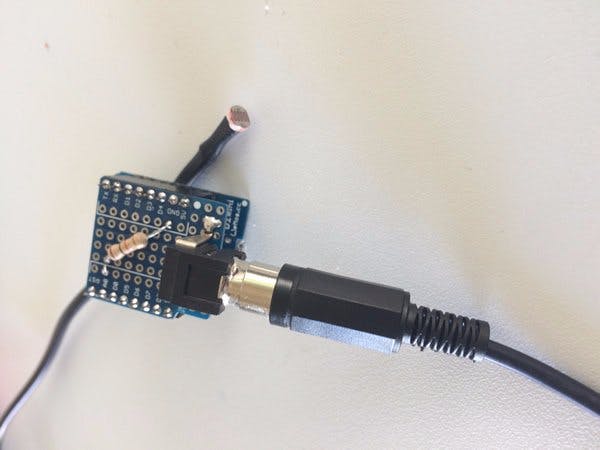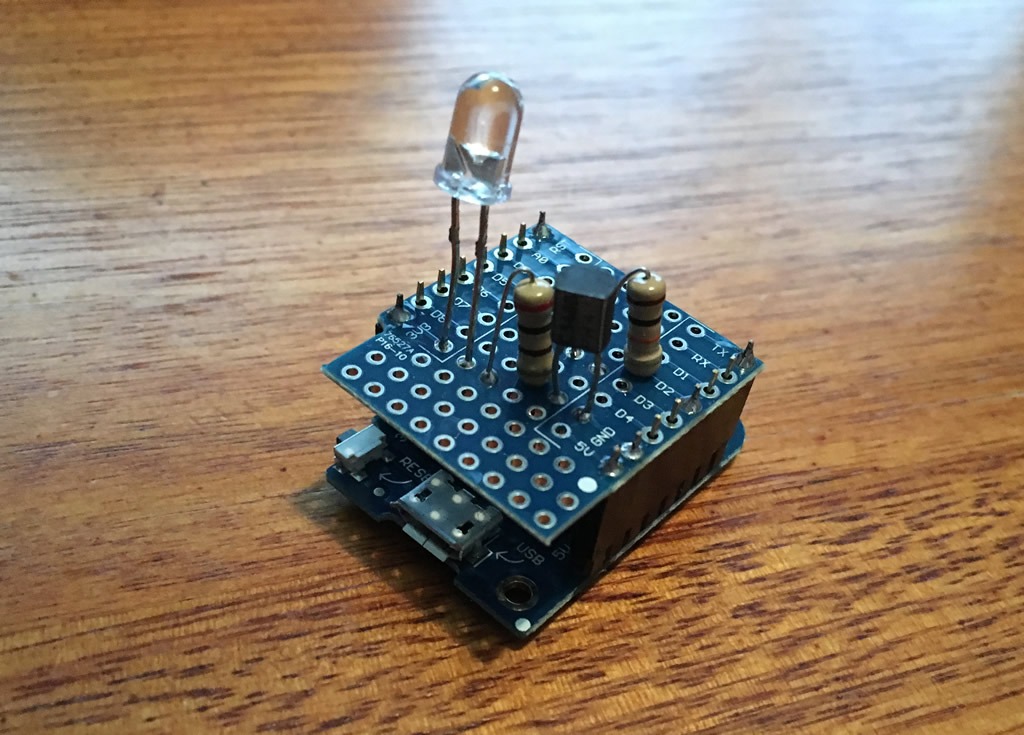 This post is a follow on from my previous post about using ESP Easy on a Wemos D1 Mini to create an IR blaster. The hardware side of things is exactly the same so head on over that post if you need more info on the hardware side first. What we are creating here is an IR blaster using a Wemos D1 Mini that connects to Home Assistant via MQTT so we are assuming you have these set up as well. Continue reading “Wemos D1 Mini IR blaster using Tasmota”
This post is a follow on from my previous post about using ESP Easy on a Wemos D1 Mini to create an IR blaster. The hardware side of things is exactly the same so head on over that post if you need more info on the hardware side first. What we are creating here is an IR blaster using a Wemos D1 Mini that connects to Home Assistant via MQTT so we are assuming you have these set up as well. Continue reading “Wemos D1 Mini IR blaster using Tasmota”
